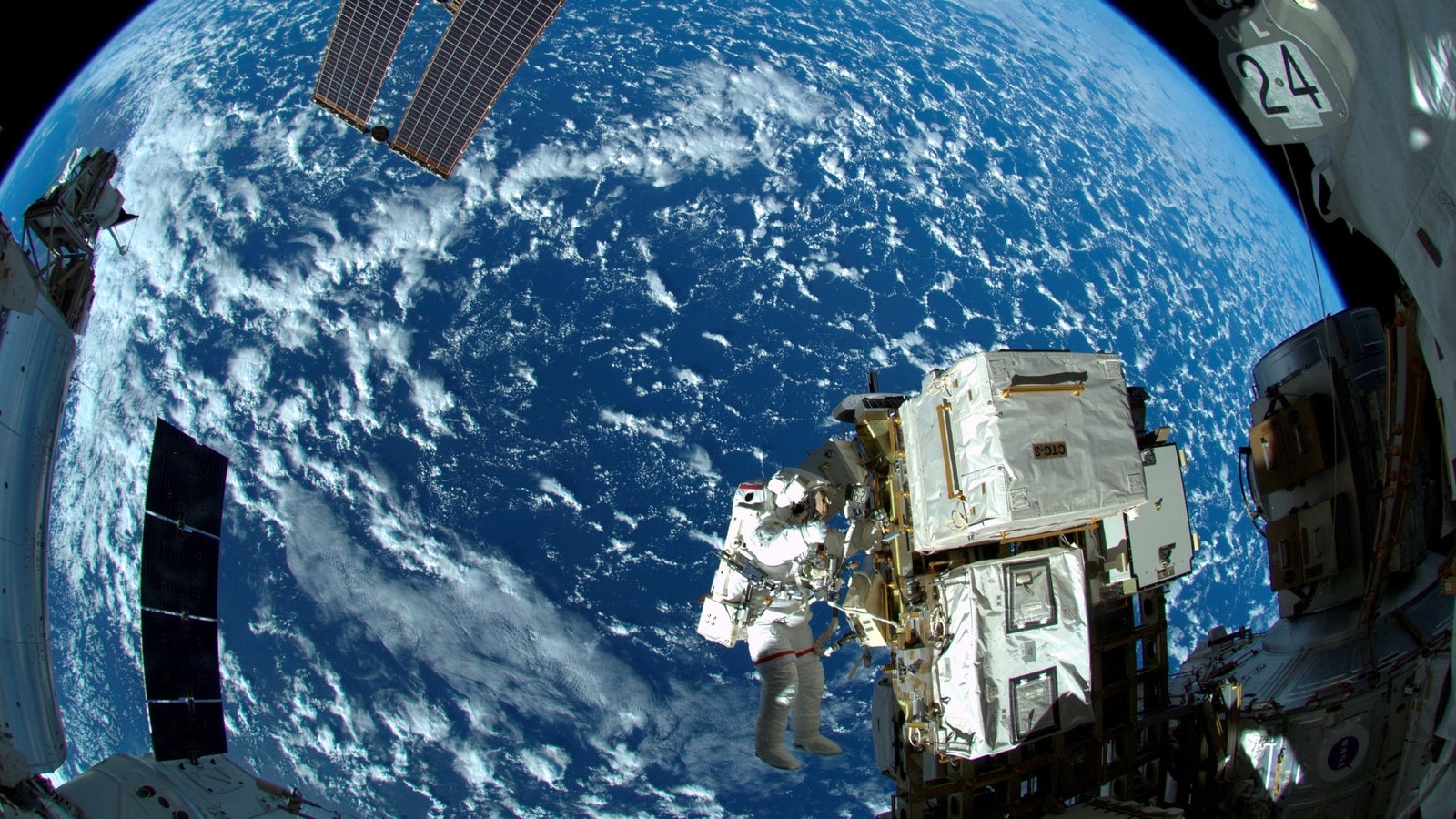How International Space Station benefits humanity, NASA explains
NASA has explained how the International Space Station is benefiting humanity back on Earth. Check 5 points here.

Space is full of exciting objects, most of which are still undiscovered. Scientists and researchers keep on trying to find and explore something new. The International Space Station too helps in the same. The Space Station is used for studies and experiments and now NASA has explained the ways in which the International Space Station is benefiting humanity back on Earth. "With more than 20 years of experiments now conducted on the station, more breakthroughs are materializing than ever before," NASA said in a report. Here are 5 ways in which the space station is benefiting humanity.
1. Producing the next generation of medical scanning technology: According to NASA, in their quest to study neutron stars, the team behind the NICER telescope created and patented an X-ray source that could be turned on and off very quickly. This also happened to be what a neuroradiologist at Massachusetts General Hospital needed for his quest to improve CT scans. The Massachusetts General Hospital and NICER teams worked together to create a stationary ring of these small new modulated X-ray sources that can be mounted around the patient, firing when needed. This technique can decrease the amount of radiation the patient is exposed to and enable a better image quality even at the lower radiation level. Limiting radiation exposure is helpful for patients on Earth now and potentially for future astronauts on their way to Mars. The device has been patented, and additional work is now underway to take it from a prototype to a testable device.
Also read: NASA warns of horrific solar flares! Earth will be impacted
2. Creating new drugs for disorders like Duchenne Muscular Dystrophy: An International Space Station study of the crystal structure of a protein associated with Duchenne Muscular Dystrophy (DMD), an incurable genetic disorder, provided hints for compounds that might inhibit it. A professor at the University of Tsukuba in Tsukuba, Japan used those hints to design several promising compounds, including TAS-205. A 2015 study verified the safety of TAS-205 for use in humans, and a small clinical trial in human patients was published in 2017. A Phase 3 trial to examine the effectiveness of TAS-205 in situations similar to actual clinical use began in Dec. 2020 and will continue until 2027. The research team estimates the drug may slow the progression of DMD by half, potentially doubling the lifespan of many patients, NASA informed.
3. Robotic arm technology applications in an automotive factory: The creation of space station robot Robonaut led to the development of an industrial strength robotic glove. NASA and General Motors (GM) developed a Robonaut prototype and tested it on the station, where it successfully performed simple tasks alongside astronauts. The team then reconfigured the hand-like portion of Robonaut into a wearable device to help both astronauts and auto workers avoid hand fatigue and injury. Initially called Robo-Glove, the device now is commercially available as Ironhand, produced by Bioservo Technologies of Sweden.
Also read: Crops can be grown on Asteroids! Here is what THIS exciting research reveals
4. Student research in space: People born after November 2000 have always known life with humans in space. NASA says, "Call them Generation Station, those for whom space has always seemed accessible, a place where scientists from around the globe conduct research. Numerous students from around the globe have even sent their own research or code to station. They have helped conduct DNA sequencing experiments as a part of the Genes in Space program, or controlled robots using their code as a part of the Kibo Robot Programming Challenge. Many have designed and deployed small satellites from the space station, sending their work into low-Earth orbit."
5. Better understanding the fundamental science of the world: Many experiments on station are uncovering new information and providing clues to long-standing scientific mysteries. This information helps researchers to further humanity's understanding of things like combustion or fluid physics, which can lead to improvements in everything from fuel efficiency to electronics cooling. "When researchers on NASA's FLEX study analyzed fire suppressants by studying burning fuel droplets, they made a surprising discovery: continued, low temperature “burning” after apparent flame extinction. Now known as cool flames, this combustion process is distinct from the flames that keep us warm by the campfire. Typical flames produce soot, carbon dioxide, and water. Cool flames produce carbon monoxide and formaldehyde. Learning more about the behavior of these chemically different flames could lead to the development of more-efficient, less-polluting vehicles," NASA said.
Catch all the Latest Tech News, Mobile News, Laptop News, Gaming news, Wearables News , How To News, also keep up with us on Whatsapp channel,Twitter, Facebook, Google News, and Instagram. For our latest videos, subscribe to our YouTube channel.





























